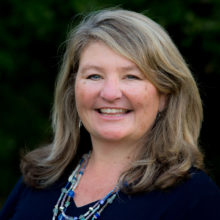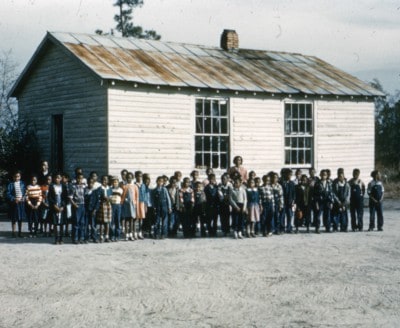The following is Mary Ann Wolf’s “Final Word” from the Oct. 10, 2020 broadcast of Education Matters — “Third Annual Color of Education Summit.“
We kicked off our third annual Color of Education Summit and it looked a little different than our first two summits. Keeping everyone’s health and safety a top priority, this year we are holding four virtual summits over the month of October, allowing for an extended spotlight on the intersection of race, equity and education — and likely providing opportunities for even more people to participate from all across North Carolina.
This spotlight comes at a time when the importance of talking openly and frequently about the systemic racism inherent in this country’s founding — and that which persists today — is more important than ever. Robust conversations around achieving racial equity and dismantling systemic racism in education across the state of North Carolina are necessary, and they must lead to action.
Many of our districts and advocates have been working to improve racial equity in education for a very long time, and on the show, we heard from some leaders in our state who are working to elevate conversations with educators, policymakers, and other stakeholders to make much needed change.
Despite this great work, however, we are still not getting to the outcomes we want and need. For centuries, education in America has been unequal. As we experience a global pandemic and the abrupt, mass transition to virtual education, the question is not whether — but how — the effects of this new reality will deepen racial disparities.
Even before COVID-19, students from historically disadvantaged families had just a 51% “Opportunity to Learn” when compared to White, non-Latinx students, according to the Schott Foundation’s Opportunity to Learn Index. We refer to a measure like this one as the “opportunity gap” — and if we want to close the achievement gaps we so often hear about, we must close the opportunity gap first.
One way to do this? Make our system of school funding more equitable. The Public School Forum’s research has found that year after year, our poorest counties fall further behind our wealthier ones in terms of resources available to their local schools. Poorer counties tax their residents twice as high as wealthier counties, yet generate substantially fewer dollars for their local public schools than what their weather counterparts can raise.
This disparity in school funding and, consequently, educational resources has profound implications for our communities of color. As I mentioned last week, the judge overseeing our state’s school funding case known as Leandro tackles the racial disparities seen in our education system head-on by outlining a clear path toward equitable investments for our public schools — something that COVID-19 makes even more urgent. We must press on.
During the Color of Education month-long summit, we’ll be spotlighting a number of issues related to racial inequities in education, and we invite you to tune into Education Matters during the next three weeks to hear more about opportunity, access, and policing in our schools, to name just a few topics that impact equity.



